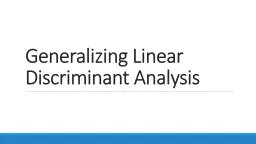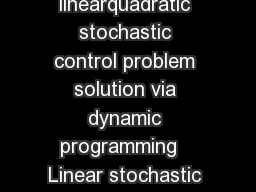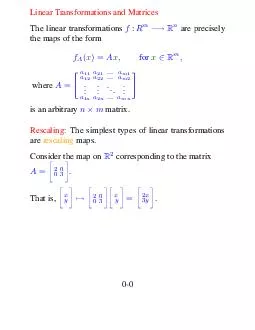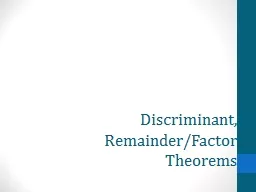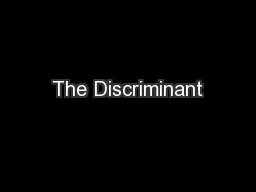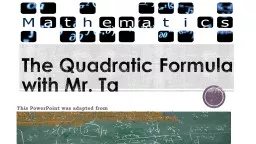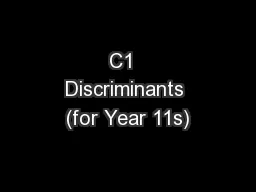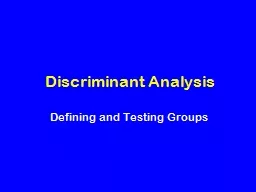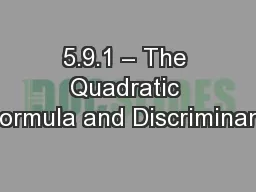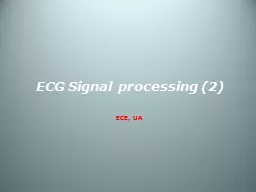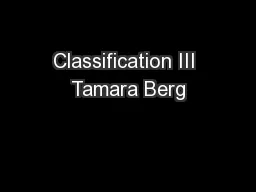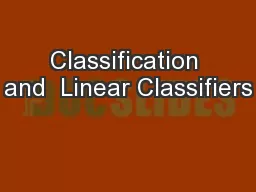PPT-Generalizing Linear Discriminant Analysis
Author : trish-goza | Published Date : 2017-04-11
Linear Discriminant Analysis Objective Project a feature space a dataset ndimensional samples onto a smaller Maintain the class separation Reason Reduce computational
Presentation Embed Code
Download Presentation
Download Presentation The PPT/PDF document "Generalizing Linear Discriminant Analysi..." is the property of its rightful owner. Permission is granted to download and print the materials on this website for personal, non-commercial use only, and to display it on your personal computer provided you do not modify the materials and that you retain all copyright notices contained in the materials. By downloading content from our website, you accept the terms of this agreement.
Generalizing Linear Discriminant Analysis: Transcript
Download Rules Of Document
"Generalizing Linear Discriminant Analysis"The content belongs to its owner. You may download and print it for personal use, without modification, and keep all copyright notices. By downloading, you agree to these terms.
Related Documents

